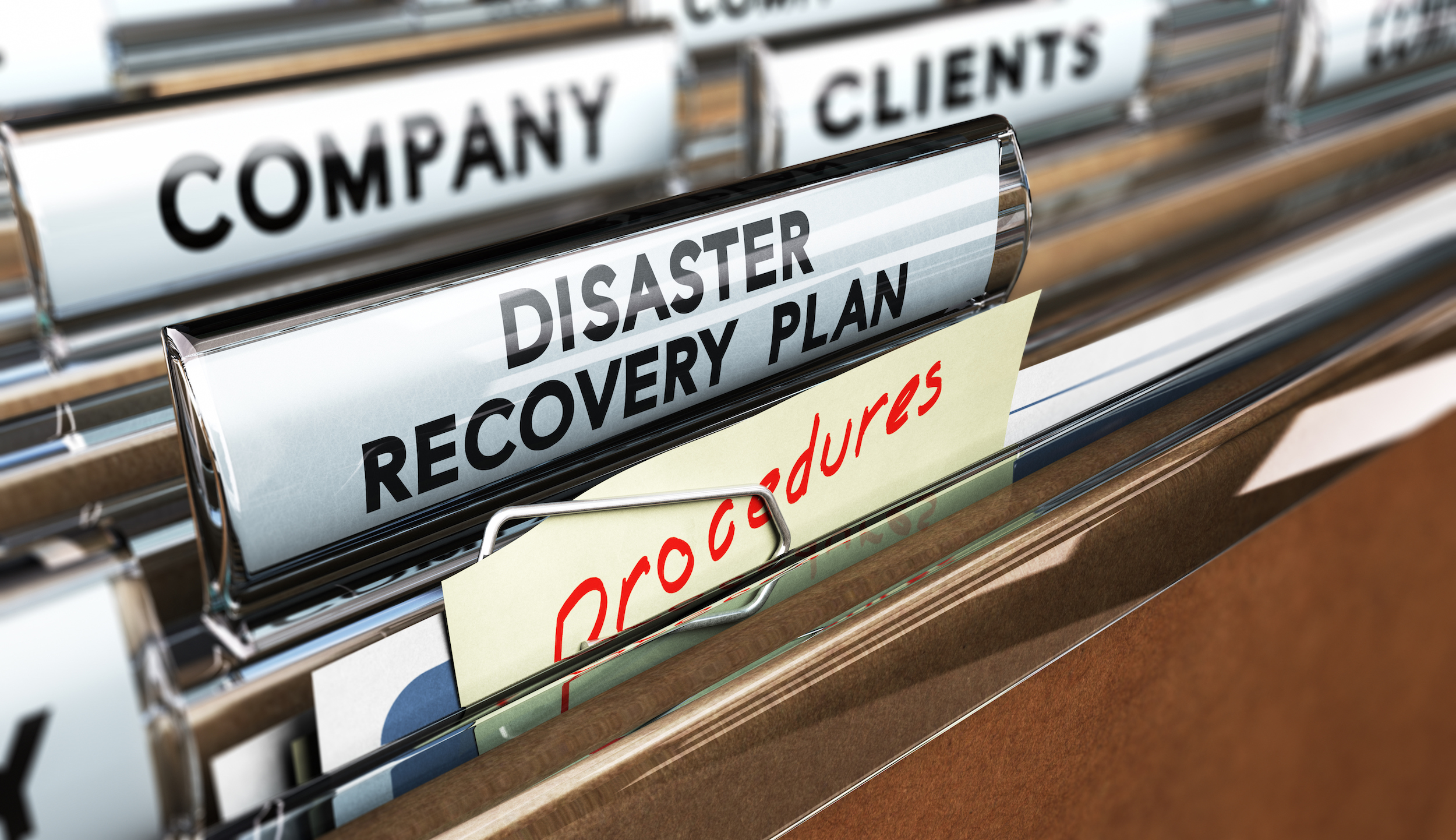
Five Surefire Ways to Sabotage Your Press Release
By: Erin Robinson
So, you want to write a press release to announce some news. Great.
A press release is still as practical today as it was when Ivy Lee drafted the very first press release to quickly and efficiently share information about a train wreck.
This practice of using the press release as a tool to disseminate information was born that day in 1906, and it has remained a staple of the public relations practitioner’s storytelling efforts into the 21st century. Any company with news to break would be well-served to use the press release as the fulcrum from which their media relations efforts pivot. But just because you can write a press release doesn’t mean you should write one.
(This reminds me of my teacher in grade school who, when I asked if I could go to the bathroom, replied, “I don’t know, can you?”)
If you do it the right way, you’ll have success. But we’re not here to talk about the right way.
Let’s explore five ways you can sabotage your press release before it has a chance to succeed.
No News is Bad News
The number one rule about press releases is that they should be used to share news.
If you don’t have hard news (think: automotive sales or a new headquarters) to break, don’t write a press release. Reporters are inundated with press releases. And, with less reporters around to cover more news than ever before, they are selective about what they want to write about.
If you send a press release announcing Company A is working on a brand-new widget that is sure to revolutionize the finance industry, unless you are Apple, that release is going straight in the garbage.
Make sure what you are announcing is real news, or else suffer the consequences.
You Buried the Lede
The inverted pyramid is the preferred method for disseminating information in a news release.
The important information goes first, and then the supporting information and quotes come later, giving the release a top-to-bottom rundown of the information the reporter needs to know.
However, if you bury the lede, you force the reporter to spend more time combing through your words for the actual nugget they can mine for the story. And if there’s one thing reporters don’t have a lot of, it’s time.
If you force them to read the entire release, they probably won’t.
The opposite of an inverted pyramid is just a pyramid. I’m sure there’s a fun analogy to use here about time and pyramid-building, but we don’t have time for that.
Let’s move on.
Your Quotes are Snooze-worthy
Executives are real people, just like you and me. They put their pants on one leg at a time and get discouraged when their Starbucks app malfunctions.
So why would you put a quote in a press release that makes them sound robotic and stiff? Don’t do that.
If you are lucky enough to spend time with the executives at your company, listen to how they speak so when you draft their quote for the press release, you can make it sound like them. If there is a particular phrase they are fond of, and you can sneak it in the quote, even better.
The purpose of the quote is to give color to the news and, in a best-case scenario, be placed in the story.
If you write a compelling quote, you increase the chances of seeing it used.
You Underestimate Its Uses
Press releases can be so much more than just press releases. Like I mentioned above, they can be the center of your content universe when used properly.
Don’t just write them and push out to thousands of journalists and hope one bites. (In fact, never do that.) Take some time to ensure the text in the release is built for strong search engine optimization (SEO). That way, every time the release is used on a site in its natural state, you get a link back to your company.
That, my friends, is an important component of a solid SEO strategy!
You’re going to write that press release anyway (because it’s newsworthy and has awesome quotes), so take a few extra minutes to ensure its SEO-worthy.
You Throw It Against the Wall and Hope It Sticks
Your company was not created to help everyone.
In all likelihood, your company is dedicated to helping a defined target audience. Whether that audience wants cheeseburgers or 3-D printed auto parts, the product you sell is built with them in mind.
The same thinking should go into your release’s target audience. There are services that exist to send your press release to thousands of journalists.
If your company just discovered a cure for cancer, I would say it’s okay to send it to thousands of journalists.
But short of that, you should write the press release with a very specific set of reporters in mind. If you write it for them, you have a better change of piquing their interest than you would writing the release for everyone.
Make sure that the news you are breaking is going to make sense to the batch of reporters on your media list. This gives you an opportunity to personalize the pitch to them and you don’t have to spend extra money by using a wire service.
The Press Release Will Never Die. (Probably.)
If we don’t learn how to use press releases properly, however, there might come a day when it’s on life support, and that wouldn’t be good for anyone.
Because for as much as this industry is trending toward more social media and digital, there will always be an appetite to read a story, and your press release is another chapter in the story of your company.
But if you tell that story poorly, nobody will want to read it.



